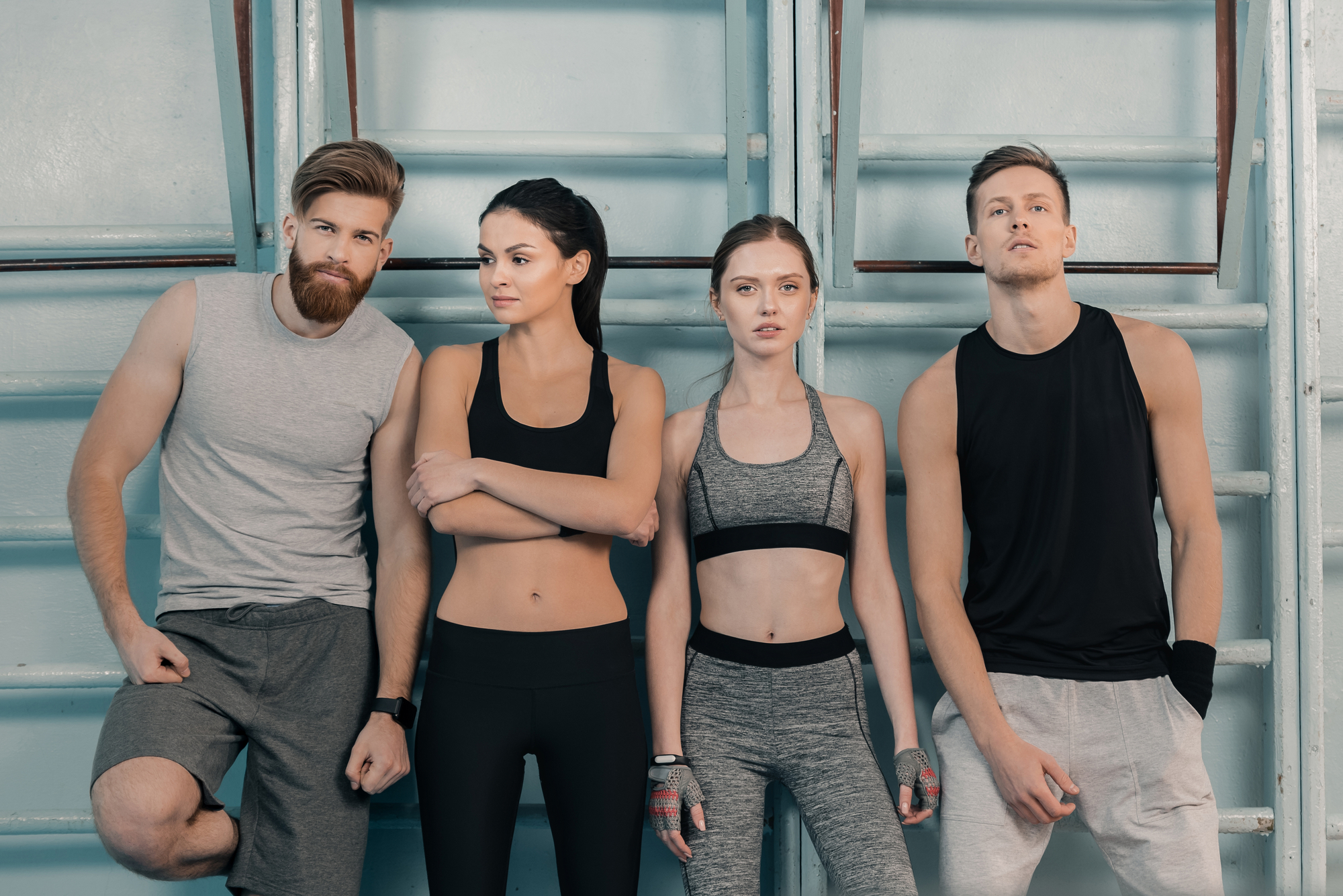The global sports apparel market is projected to reach US $337.2 billion by 2030, according to Maximize Market Research Pvt Ltd, driven by changing consumer tastes, increased disposable income, and growing interest in active lifestyles. The rise of athleisure, a trend combining athletic and leisurewear, reflects the shift towards more versatile clothing that can be worn for both casual and sports occasions.
The sports apparel industry is responding to consumer preferences by offering a wide variety of customized clothing options, catering to the increasing demand for stylish yet functional wear. The industry’s growth is fueled by the public’s growing awareness of health and fitness, with many consumers now prioritizing active living.
Key Market Trends by Region:
- United States: The sports apparel market in the US remains robust, largely influenced by the country’s vibrant sports culture and increasing health consciousness among consumers. Athleisure continues to be a popular trend, with brands investing in research and development to create innovative products that meet the needs of a wide range of consumers.
- Europe: The European market is experiencing growth, driven by the rising popularity of outdoor activities and fitness trends. There is also a noticeable shift towards sustainable products, with consumers seeking eco-friendly materials and ethically manufactured sportswear. Brands are increasingly focusing on sustainability to cater to this environmentally conscious market.
Category Dominance:
The Top Wear category led the market in 2023, with a projected value of US $81.2 billion and a compound annual growth rate (CAGR) of 5.2% over the forecast period. The US held the largest share of the Top Wear category, accounting for 34.7% of global sales in 2023.
Overall, the sports apparel market is poised for significant growth, with key drivers including lifestyle changes, sustainability trends, and ongoing innovation by leading brands. The industry’s future will likely be shaped by a combination of consumer demand for functional yet fashionable clothing and a growing emphasis on sustainable, eco-friendly practices.
